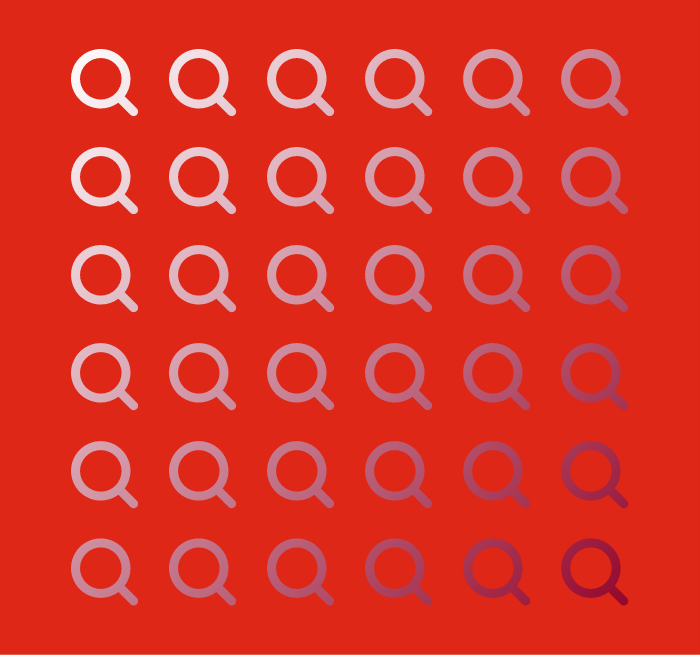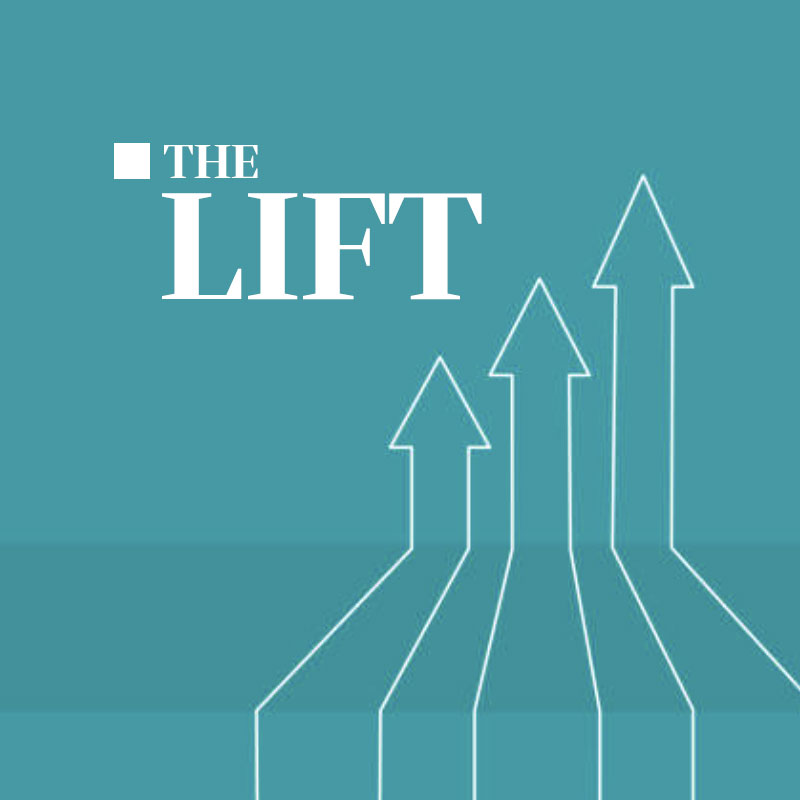Whether your company is planning to build out an entirely new website or refresh and update an existing one, you should plan ahead when considering what web development features and uses will best meet your company’s and users’ needs and expectations. Creating a website can be an expensive endeavor, which may be especially true if you start out believing you need one type of website design-build and then discover halfway through the process that you really needed something else. That’s a costly setback that can be prevented when all of the decision makers and stakeholders get involved in strategizing your company’s website design and architecture early on, before the actual development work begins. As I’ve mentioned before in prior posts, this is something we address at Culture Foundry with our clients early in the process. We review all of their best options before landing on a final website development plan through our unique Strategy Discovery Sessions, a process which puts all of the key people together to discuss and decide the crucial elements of their brand’s web design and architecture.
A Headless Content Management System (HCMS) makes it possible to publish content through APIs and deliver that content across different channels, including your website and mobile apps. What Headless CMS options you decide to go with really begins by understanding and then deciding what backend nuts-and-bolts “server-side” applications and database architecture you’ll need to support the frontend, or “client-side” development.
Server-side (“backend”) considerations
CMS platforms are web applications built upon frameworks. Backend tools like Laravel, Django and Ruby on Rails allow software engineers to build custom web applications for Content Management Systems, including Headless. Each one has its unique advantages and disadvantages; but for the purposes of developing a Headless CMS website, key decision makers and stakeholders should be focused on what CMS platform will best suit their business needs and desired website features. Well-liked and highly customizable CMS platforms to consider for building a scalable Headless CMS include: WordPress, Drupal, Adobe Experience Manager, Contentful, Contentstack, Kontent and Strapi.
Client-side (“frontend”) considerations
Your website’s frontend platform should be chosen to suit your backend’s architecture so they will play nicely together and give you the website functionality and user experience you desire. The frontend establishes for a user the website’s feel and functionality, including text and images, videos, option buttons, forms, live chat, navigation, popup notifications and some additional features for mobile apps – such as offering the user’s ability to swipe, tap, zoom and select options. Frontend development platforms are many, but popular and established JavaScript framework options among them include: React, Vue, Angular, Gatsby – and general-purpose scripting language, PHP, with a template engine, like Twig or Smarty.
It’s important for relevant teams to review their needs and options together. This is not a decision that should be made solely by the technical team nor the sales and marketing team. Anyone who will be involved in using data derived from the company’s website should be involved in the discovery and decision-making process, including the people controlling and approving the web development budget.
You may also want to read:
Deep Dive into Headless CMS Back-End Options
Is a Headless Content Management System Right for My Company?
What are the Pros and Cons of a Headless CMS Versus a Traditional CMS?


